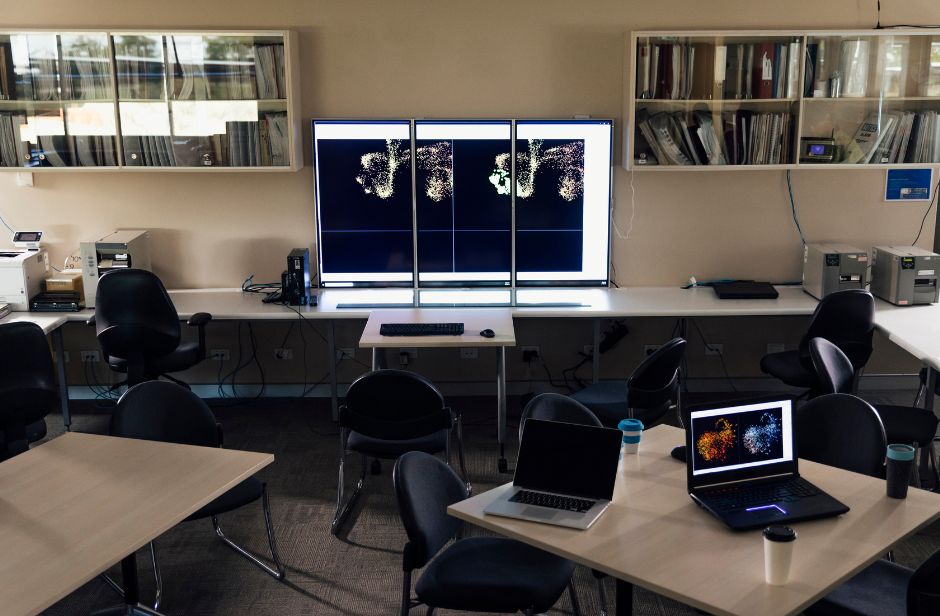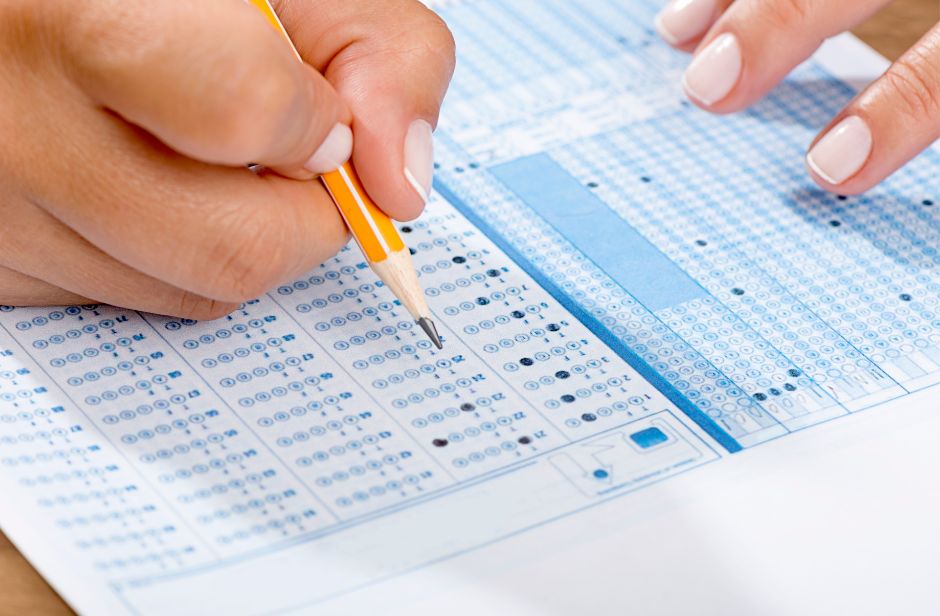Impacting NAPLEX Pass Rates
A Faculty Perspective
Student NAPLEX Readiness: Challenges & Answers
The NAPLEX Exam is the final barrier for every pharmacy student to earn a license and enter practice. The importance of this exam creates pressure on both institutions and pharmacy students alike. Over the last 3 years, the fluctuation in NAPLEX scores has created anxiety as faculty and learners try to interpret the factors impacting pass rates for this high-stakes exam.
High-Yield Editors Anthony Busti, MD, PharmD, MSc, FNLA, FAHA and Cassie Boland, PharmD, BCACP, CDCES share their perspectives as former pharmacy faculty members on some of the contributing factors and offer effective solutions for student pass rates.
COVID Pandemic

The list of causal factors on student pass rates posed by the COVID pandemic is expectedly lengthy.
Many learners experienced the most significant impact during the final portion of their pharmacy training when transitioning from acquiring core knowledge and explicit information to application and clinical training. Inevitably, higher levels of learning and integration of knowledge were compromised at a critical point in their training as in-class experiences and rotations were interrupted. The NAPLEX Exam demands the ability to integrate and apply knowledge to complex cases.
Increasing Number of Medications
New drugs and biologic agents increase exponentially each year. Differentiating among various indications, uses, mechanisms, and names becomes increasingly challenging over time. Additionally, effective tools in practice indirectly create hinderances to NAPLEX test takers. Quick reference tools utilized by students during APPE rotations, for example, allow easy access to brand and generic medicine names. Students consequently fail to commit these valuable facts to memory, hurting them on the exam.
The NAPLEX exam denotes competency. Pharmacy programs must strive to produce qualified pharmacists who are prepared to practice.
NAPLEX Pass Scores: Crucial to Pharmacy Programs
ACPE Standards for Pharmacy schools require each school to publish its pass rates. Given the increase in pharmacy programs over the past decade, schools are officially competing to attract the best applicants. Naturally, the highest caliber students will migrate to programs boasting strong NAPLEX pass rates.
The NAPLEX exam denotes competency. Pharmacy programs must strive to produce qualified pharmacists who are prepared to practice. Pharmacy educators genuinely desire to equip the next generation of pharmacists to provide excellent and safe patient care. The formula for achieving this goal involves multiple variables beyond faculty control.
Faculty Challenges in Preparing Students for the NAPLEX Exam
Faculty possess the multifaceted ethical and professional responsibility of preparing students for practice in the community, while simultaneously preparing them to pass the NAPLEX exam, neither of which are small tasks. And although these responsibilities are related, they are inherently different. Preparing for an exam involves nuances that must be addressed for students to prepare for effective test-taking to obtain licensure. Conversely, teaching to the exam cannot sufficiently provide the complete preparation necessary for safe and effective clinical practice.
The 225-question, 6-hour NAPLEX exam requires core content knowledge and testing endurance and distinctive skill sets. Students must demonstrate comprehensive knowledge and showcase their strengths within a board exam format. Students might perform well in class but not on the exam if unaccustomed to practicing test questions.

Many pharmacy curricula cover core topics systematically one time, early in the program. Learners might receive solid exposure to drugs and diseases for one specific body system in their P1 or P2 year. Faculty integrate this knowledge into case studies and rotational experiences throughout the program. Students will not be taught the core concepts again, however. Truthfully, the amount of information required for the pharmacy curriculum is too robust to allow faculty to revisit topics repeatedly throughout the program.
Students must demonstrate comprehensive knowledge and showcase their strengths within a board exam format.
Student Challenges with NAPLEX Preparation
P4 students' daily schedule demands that they create balance amongst a myriad of distractions including clinical rotations, residency applications, service, preparing a resume, and managing their personal lives. Often, students intend to begin NAPLEX exam preparation early in their P4 year and subsequently fail to broach this daunting task until they are rapidly approaching graduation which may be too late. Hence, integrating NAPLEX preparation into their program with accountability is the key to learners carving out time and focus during their final year of pharmacy school to review.
Students often misjudge that intensive study in the field for 3 or 4 years should translate to exam preparedness. Students are often unaware of their shortcomings or of the detrimental effect quick reference tools are likely to have on their retention. The resulting false confidence precludes them from devoting appropriate time and effort to testing their knowledge early in their final year to determine that they need a review.

Although students can likely identify their best or worst subject areas aligning with their unique interests and goals, they're generally unaware of gaps in understanding. These gaps translate into missed points on the NAPLEX exam. Students need an opportunity early in their P4 year to take a practice exam and practice sample NAPLEX test questions to prepare over time and focus precious study time effectively.
Student testing success during their pharmacy school career poses its own hinderance as well. Students who consistently score well on exams involving information recall might inadvertently deduce they'll perform well on the NAPLEX exam. This exam demands critical thinking to answer difficult case study questions; knowing a guideline is different than understanding why it is a guideline. Thus, students benefit greatly from practicing exam questions that contain rationales and core concepts in the answer explanation. This level of comprehension enables them to identify gaps in knowledge while gaining a deeper understanding of concepts.
The Key to Student Preparation
It behooves faculty to provide learners with quality review content at the outset of their P4 year. Students greatly benefit when faculty set expectations for how to use the content, demand accountability, and provide direction to stay the course throughout NAPLEX preparation. Students need significant guidance during their hectic P4 year. Institutions that incorporate a longitudinal NAPLEX review with a capstone course or APPE Rotations experience the most success. Their students receive clear direction on required NAPLEX review usage early and often.

High-Yield Approach to Success on the NAPLEX
High-Yield NAPLEX review content is easy to understand, evidence-based and clinically relevant. High-Yield faculty and contributors have provided premier NAPLEX reviews for over 20 years. High-Yield partners with faculty to implement a longitudinal approach to preparing learners for success on the NAPLEX and in clinical practice. This approach provides a predetermined review with parameters, boundaries and expectations over a 15-month span and ultimately sets students up for success.
Want to watch the full interview on this topic with Doctors Busti and Boland?
You may also like:
High-Yield Products:
For Institutions: NAPLEX and APPE resources for Pharmacy Programs



